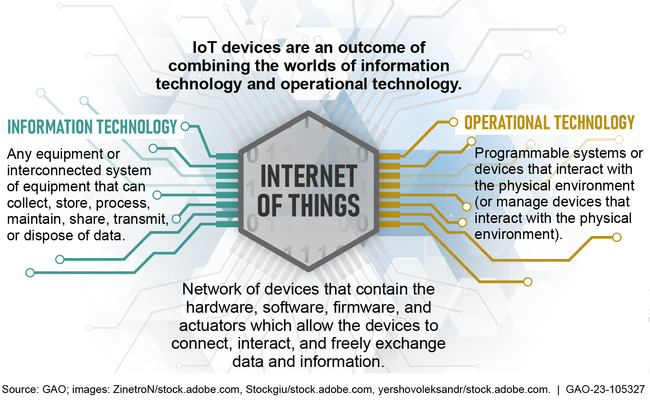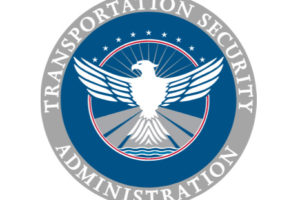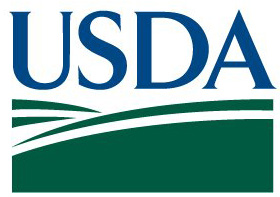Critical Infrastructure: Actions Needed to Better Secure Internet-Connected Devices

The USA's 16 critical infrastructure sectors rely on internet-connected devices and systems to deliver essential services, such as electricity and health care. These sectors face increasing cybersecurity threats—an issue on our High Risk list.
Federal agencies that have leadership roles in 3 sectors we reviewed have taken some steps to manage the cybersecurity risks posed by internet-connected devices and systems. But they've not assessed risks to the sectors as a whole. Without a holistic assessment, the agencies can't know what additional cybersecurity protections might be needed.
Cyber threats to critical infrastructure IoT and OT represent a significant national security challenge. Recent incidents—such as the ransomware attacks targeting health care and essential services during the COVID-19 pandemic—illustrate the cyber threats facing the nation's critical infrastructure. Congress included provisions in the IoT Cybersecurity Improvement Act of 2020 for GAO to report on IoT and OT cybersecurity efforts.
This report (1) describes overall federal IoT and OT cybersecurity initiatives; (2) assesses actions of selected federal agencies with a lead sector responsibility for enhancing IoT and OT cybersecurity; and (3) identifies leading guidance for addressing IoT cybersecurity and determines the status of OMB's process for waiving cybersecurity requirements for IoT devices. To describe overall initiatives, GAO analyzed pertinent guidance and related documentation from several federal agencies.
To assess lead agency actions, GAO first identified the six critical infrastructure sectors considered to have the greatest risk of cyber compromise. From these six, GAO then selected for review three sectors that had extensive use of IoT and OT devices and systems. The three sectors were energy, healthcare and public health, and transportation systems. For each of these, GAO analyzed documentation, interviewed sector officials, and compared lead agency actions to federal requirements.
GAO also analyzed documentation, interviewed officials from the selected sectors, and compared those sector's cybersecurity efforts to federal requirements. GAO also interviewed OMB officials on the status of the mandated waiver process.
The nation's critical infrastructure sectors rely on electronic systems, including Internet of Things (IoT) and operational technology (OT) devices and systems. IoT generally refers to the technologies and devices that allow for the network connection and interaction of a wide array of “things,” throughout such places as buildings, transportation infrastructure, or homes. OT are programmable systems or devices that interact with the physical environment, such as building automation systems that control machines to regulate and monitor temperature.
Figure: Overview of Connected IT, Internet of Things (IoT), and Operational Technology

To help federal agencies and private entities manage the cybersecurity risks associated with IoT and OT, the Department of Homeland Security's Cybersecurity and Infrastructure Security Agency (CISA) and the National Institute of Standards and Technology (NIST) have issued guidance and provided resources. Specifically, CISA has published guidance, initiated programs, issued alerts and advisories on vulnerabilities affecting IoT and OT devices, and established working groups on OT. NIST has published several guidance documents on IoT and OT, maintained a center of cybersecurity excellence, and established numerous working groups. In addition, the Federal Acquisition Regulatory Council is considering updates to the Federal Acquisition Regulation to better manage IoT and OT cybersecurity risks.
Selected federal agencies with a lead role have reported various cybersecurity initiatives to help protect three critical infrastructure sectors with extensive use of IoT or OT devices and systems.
Title: Sector Lead Agencies' Internet of Things (IoT) or Operational Technology (OT) Cybersecurity Initiatives
|
Sector (Lead Federal Agency) |
Examples of IoT or OT Initiatives |
|---|---|
|
Energy (Department of Energy) |
Considerations for OT Cybersecurity Monitoring Technologies guidance provides suggested evaluation considerations for technologies to monitor OT cybersecurity of systems that, for example, distribute electricity through the grid.
Cybersecurity for the Operational Technology Environment methodology aims to enhance energy sector threat detection of anomalous behavior in OT networks, such as electricity distribution networks. |
|
Healthcare and public health (Department of Health and Human Services) |
Pre-market Guidance for Management of Cybersecurity identifies issues related to cybersecurity for manufacturers to consider in the design and development of their medical devices, such as diagnostic equipment.
Post-market Management of Cybersecurity in Medical Devices provides recommendations for managing cybersecurity vulnerabilities for marketed and distributed medical devices, such as infusion pumps. |
|
Transportation systems (Departments of Homeland Security and Transportation) |
Surface Transportation Cybersecurity Toolkit is designed to provide informative cyber risk management tools and resources for control systems that, for example, function on the mechanics of the vessel.
Department of Homeland Security's Transportation Security Administration's Enhancing Rail Cybersecurity Directive requires actions, such as conducting a cybersecurity vulnerability assessment and developing of cybersecurity incident response plans for higher risk railroads. |
Source: GAO analysis of agency documentation │ GAO-23-105327
However, none of the selected lead agencies had developed metrics to assess the effectiveness of their efforts. Further, the agencies had not conducted IoT and OT cybersecurity risk assessments. Both of these activities are best practices. Lead agency officials noted difficulty assessing program effectiveness when relying on voluntary information from sector entities. Nevertheless, without attempts to measure effectiveness and assess risks of IoT and OT, the success of initiatives intended to mitigate risks is unknown.
The Internet of Things Cybersecurity Improvement Act of 2020 generally prohibits agencies from procuring or using an IoT device after December 4, 2022, if that device is considered non-compliant with NIST-developed standards. Pursuant to the act, in June 2021 NIST issued a draft guidance document that, among other things, provides information for agencies, companies and industry to receive reported vulnerabilities and for organizations to report found vulnerabilities. The act also requires the Office of Management and Budget (OMB) to establish a standardized process for federal agencies to waive the prohibition on procuring or using non-compliant IoT devices if waiver criteria detailed in the act are met.
As of November 22, 2022, OMB had not yet developed the mandated process for waiving the prohibition on procuring or using non-compliant IoT devices. OMB officials noted that the waiver process requires coordination and data gathering with other entities. According to OMB, it is targeting November 2022 for the release of guidance on the waiver process. Given the act's restrictions on agency use of non-compliant IoT devices beginning in December 2022, the lack of a uniform waiver process could result in a range of inconsistent actions across agencies.










